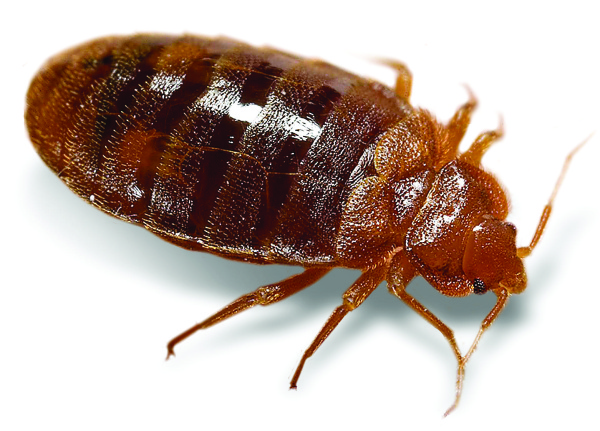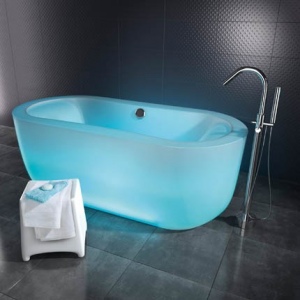Bedbugs are an unwelcome guest in any home and can make life quite uncomfortable for anyone experiencing an infestation. Here I will describe the biology and habitat of these household nuisances and give an outline of effective management and control techniques.
Description
Bedbugs are very small parasitic insects that typically grow to 6-9mm long. They are a reddish-brown in colour, have a flattened, oval shaped appearance and have pad-like wings on the front of their body. They like to feed just before dawn and their bite is extremely irritating. Humans suffer a number of health effects from a bite, including skin rashes, psychological effects, and allergic symptoms. Bedbugs are active all year round.
Habitat
Bedbugs spend most of their time hiding in bed linen and only leave for short periods of time to seek a meal, usually from humans. They can live for several months without feeding. House cleanliness assists with control, but infestations can occur due to transference from furniture and luggage that has been in contact with an infestation.
Biology
Adult bedbugs can lay up to 3-4 eggs daily in cracks and crevices near food sources. Eggs hatch within 30 days which produce nymphs who seek blood meals. The lifespan of a bedbug varies, but they can live for up to 9 months in warm conditions.
How to limit infestation:
- Wash all bedding frequently in hot, soapy water. This should also on the same day as the treatment if you have had an infestation.
- Give mattresses a thorough going over with a portable steam cleaner, paying particular attention to seams, labels, handles, holes and tears.
- Wrap mattresses in black plastic sheeting, making sure to thoroughly tape up the seams, and leave them out in the sun (remembering to flip so both sides get hot). Bedbugs will perish fairly quickly in temperatures above 38 degrees Celsius.
- Apply a thin amount of petroleum jelly or double sided tape onto bed legs to prevent bedbugs from gaining access to the bed.
- Remove false bedheads that are fixed onto the wall. If this is not possible, thoroughly seal this area so there are no gaps.
- Seal any gaps in skirting boards, architraves etc. and remove any coverings on lights and switches within 3m of the bed.
- Check any electrical appliances within 3m of the bed, like telephones, lamps, alarms, mirrors etc., where bedbugs can hide/breed and maintain as explained below.
Ongoing maintenance:
- Thoroughly vacuum and steam clean all areas, where safe to do so, to minimise possible infestations.
- Wash bed linen frequently and in water that is above 38°C.
If these tips do not assist in minimising bedbugs around your home, there are professional options that will help. Call your local pest control expert for more information.
Keith Nightingale
Pest control expert with over 10 years professional experience in the industry.
http://www.termitrust.com.au





